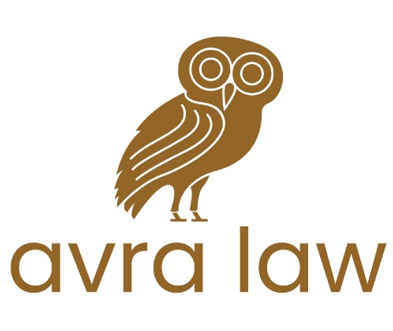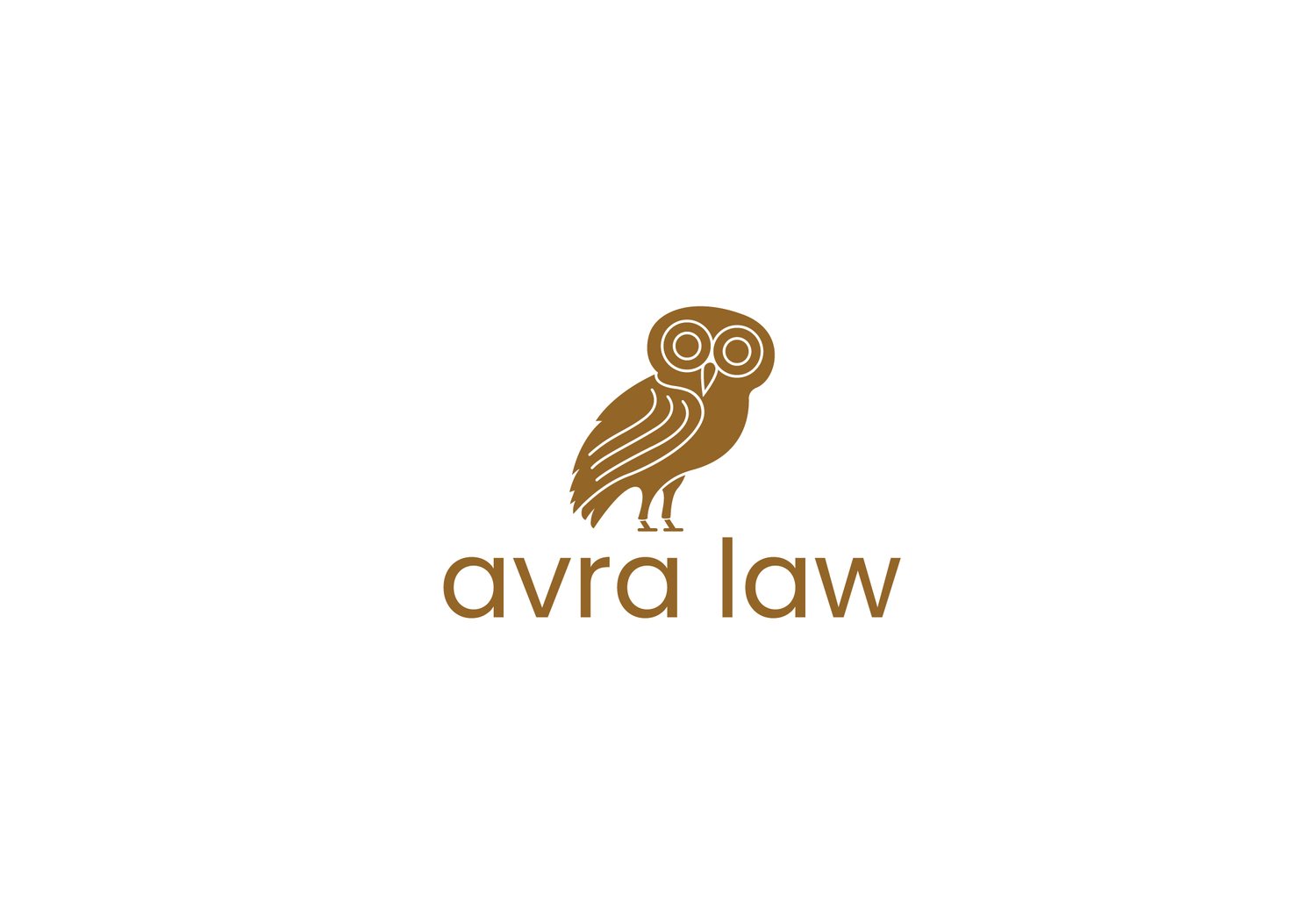Aviation & Canada’s Competition Act: New Developments
From 2022-2024, the Government of Canada initiated a series of yearly updates to modernize the Federal Competition Act[1]. These changes have significant implications for various industries, including aviation. This blog will explore the key updates and their impact on the aviation sector, providing insights for clients navigating these new regulations.
Expanded Scope of Abuse of Dominance Provisions
The Competition Act's abuse of dominance provisions have undergone substantial changes. Previously, the Competition Tribunal required proof of dominance, anti-competitive intent, and anti-competitive effect to issue a prohibition order. However, the updated Act now allows the Tribunal to issue orders if a firm is dominant and meets either the anti-competitive intent or effect requirement. This broader definition aims to capture a wider range of conduct by dominant firms.
Additionally, the amendments have clarified what constitutes an anti-competitive act. An anti-competitive act is now defined as one intended to have a predatory, exclusionary, or disciplinary impact on a competitor, or to adversely affect competition. The list of examples has been expanded to include selective or discriminatory responses by dominant players and imposing excessive and unfair selling prices.
The aviation industry, characterized by its consolidated nature, often faces issues related to market dominance. Airports, airlines, and other service providers may hold dominant positions within their spheres of operation. For instance, the 2019 Commissioner of Competition v. Vancouver Airport Authority case highlighted an airport's dominance in the market for in-flight catering services.
Aviation businesses must be vigilant to avoid engaging in anti-competitive practices that could attract scrutiny from the Competition Bureau. The expanded scope for the Competition Tribunal to examine dominant firms' practices and impose additional penalties underscores the importance of compliance with the Act.
Broadened Private Access Rights
Under the Competition Act, individuals and firms affected by anti-competitive practices can apply for leave to bring a claim against the perpetrator. Prior to the 2022 changes, private action for abuse of dominance was not available. However, the updated Act now allows private actors to bring claims under section 103(1).
Furthermore, the 2024 amendments broaden the criteria for who can apply to the Competition Tribunal for leave. As of June 20, 2025, businesses impacted directly and significantly, either in whole or in part, can apply for leave to bring their case. This change aims to capture claimants where only a segment of their business has been affected.
The broadened access to private action means it may be easier for entities operating around dominant aviation businesses to seek claims under the Competition Act for abusive practices. While there has only been one case dealing with private right of action for abuse of dominance (JAMP Pharma Corporation v. Janssen Inc., 2024), litigation risk will materially increase with the introduction of more lenient leave requirements.
Penalties and Monetary Orders
The updated Competition Act has increased the fees, penalties, and monetary orders available in cases of abuse of dominance. The new maximum penalty is the greater of $25 million for the first violation and up to $35 million for subsequent violations, or three times the value of the benefit derived from the anti-competitive practice. If the benefit cannot be reasonably determined, the penalty is 3% of the company's annual worldwide gross revenues.
Additionally, the tribunal can order disgorgement payments up to the total value of the benefit derived from anti-competitive conduct to the applicant or others affected by the practice.
Best Practices for Aviation Businesses
The modernization of Canada’s Competition Act brings significant changes that impact the aviation industry. Legal clients in this sector must stay informed and proactive in ensuring compliance to avoid substantial penalties and legal challenges.
To limit liability, aviation businesses should implement a Competition Compliance Plan. This plan should outline appropriate procedures for engaging in market activities in dominated areas. The Competition Bureau considers compliance programs credible and effective when they are reasonably designed, implemented, and enforced.
For assistance in drafting and implementing a Competition Compliance Plan, consider reaching out to our experts at Avra Law.
Disclaimer: This post is for general information only and isn’t legal advice. For advice about your situation, please consult a qualified lawyer at Avra Law.
[1] Competition Bureau Canada, Implementing Changes to the Competition Act (Ottawa: Competition Bureau Canada, 2024), online: https://competition-bureau.canada.ca/en/implementing-changes-competition-act.

